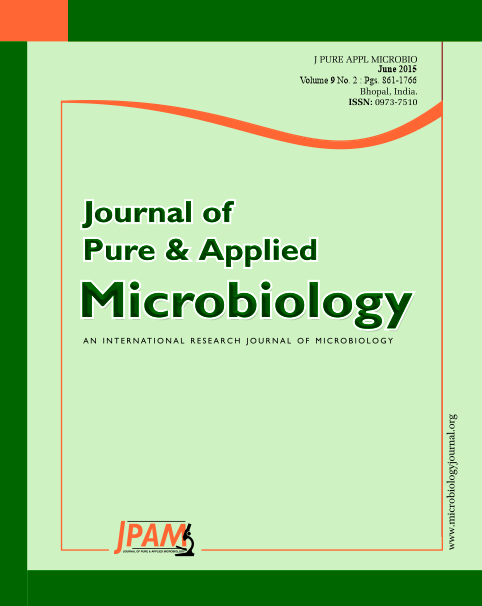Vermiwash is an economic and ecofriendly formulation having biocidal activities which can replace chemical pesticide employed in agricultural sector. In the present study an attempt has been made to find out in vitro and in vivo effect of vermiwash on common plant pathogens. A total of eight bacteria were isolated from the freshly prepared vermiwash and were identified as Flavobacterium sp., Burkholderia sp., and six different species of Bacillus by using standard biochemical tests. Then the fresh and preserved vermiwash were treated against five fungal and bacterial phytopathogens respectively. Moreover, out of the eight bacterial isolates, Bacillus sp.V08 showed a significant antibiosis activity against bacterial phytopathogen Xanthomonas campestris. Bacillus sp.V08 and Burkholderia sp. were most effective against fungal phytopathogens such as Fusarium oxysporium, Fusarium solani, Rhizoctonia solani, and Alternaria solani. The bacterial isolates Bacillus sp.V08 showed antibiosis against bacterial and fungal phytopathogens was identified by 16S-rRNA gene sequencing and the sequence was submitted to Genbank with accession no. KF543076. Thus, this in-vitro and in-vivo studies indicates that application of vermiwash can control these bacterial and fungal phytopathogens of various plants like tomato, brinjal, and mustard respectively.
Vermiwash, Biocidal, Antibiosis, In-vitro, In-vivo
© The Author(s) 2015. Open Access. This article is distributed under the terms of the Creative Commons Attribution 4.0 International License which permits unrestricted use, sharing, distribution, and reproduction in any medium, provided you give appropriate credit to the original author(s) and the source, provide a link to the Creative Commons license, and indicate if changes were made.


